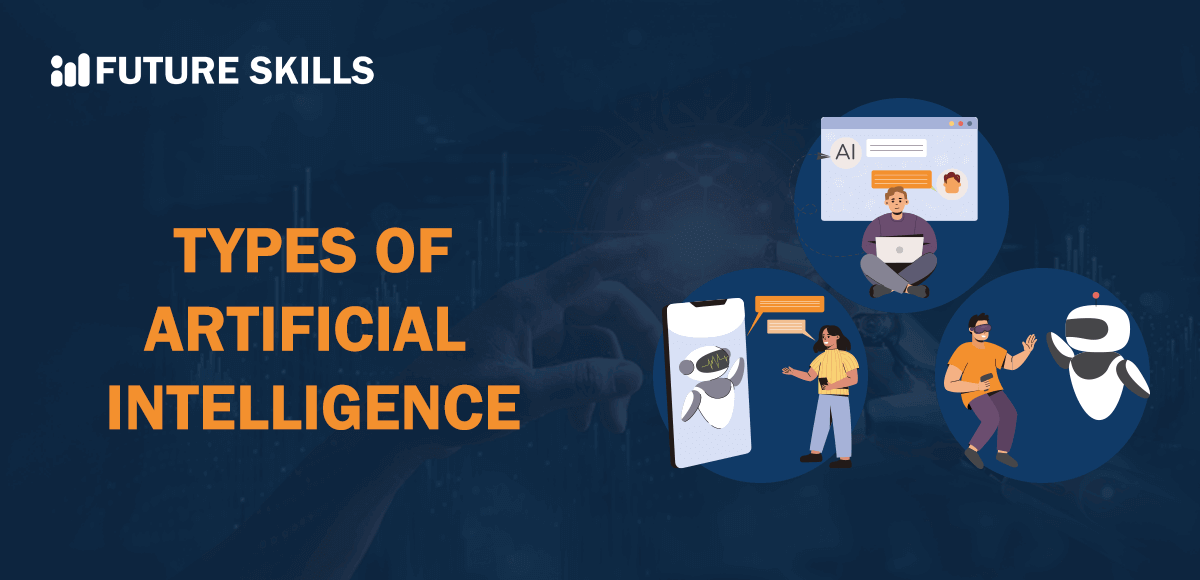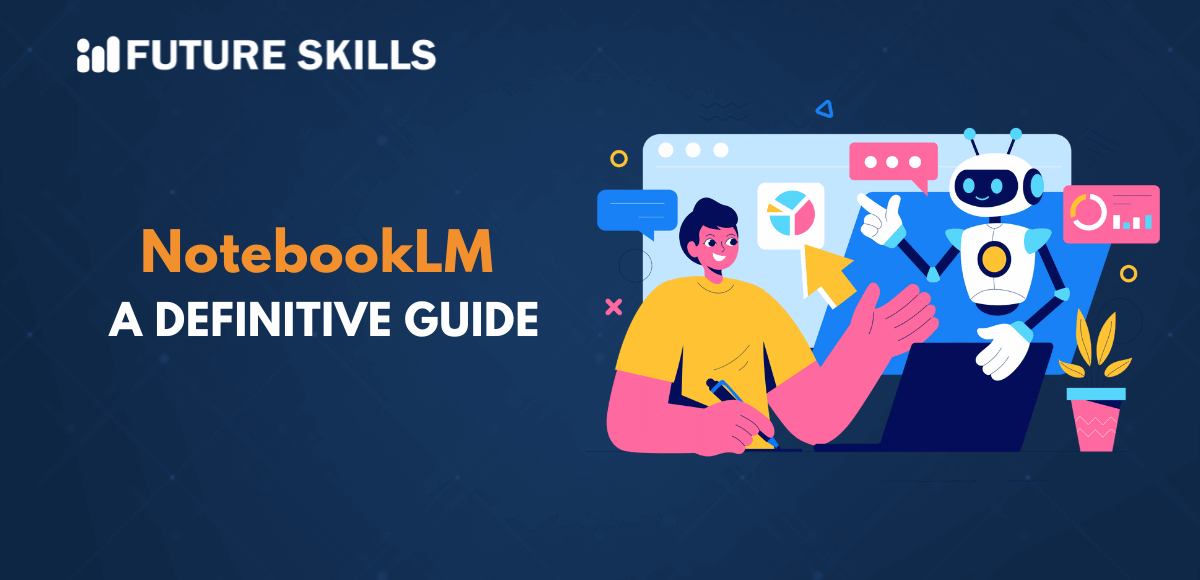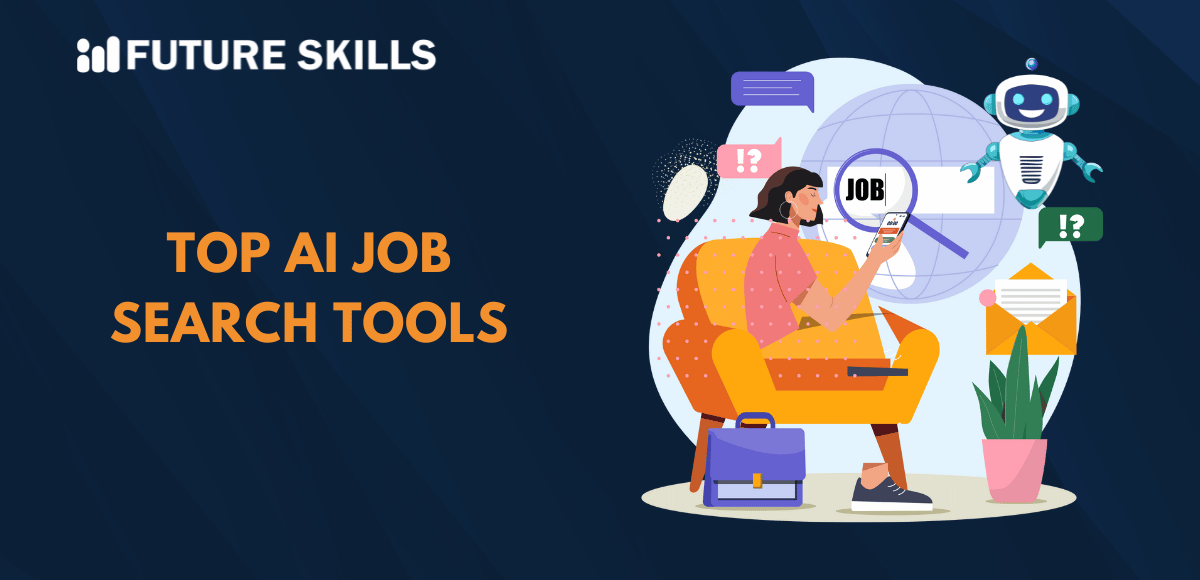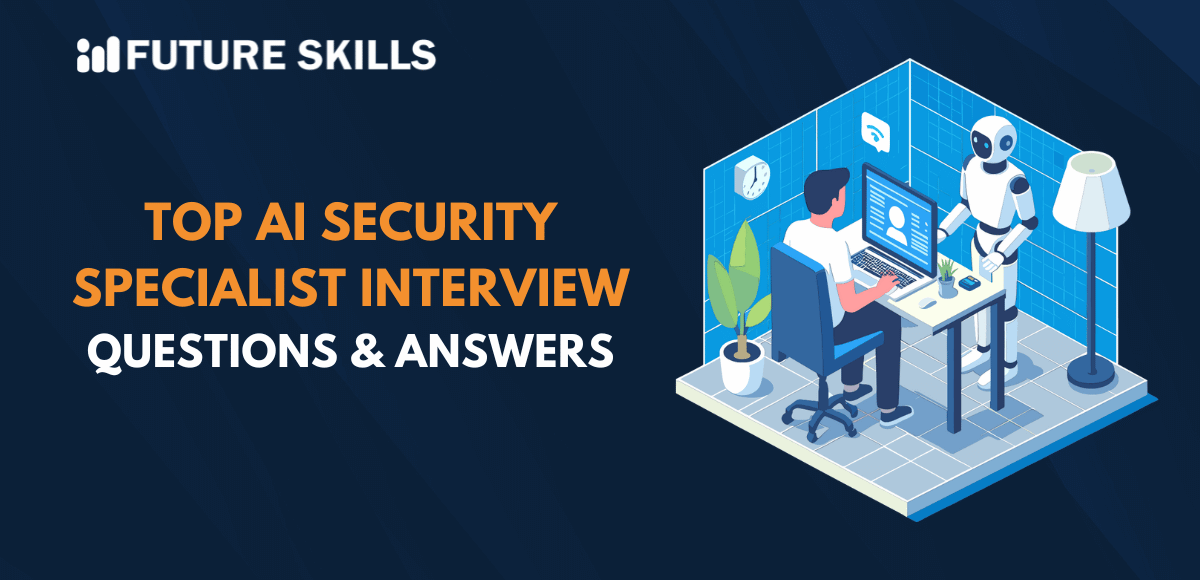Artificial intelligence is one of the breakthrough technologies that have the power to reshape digital experiences and definitions of productivity. The curiosity regarding the different types of artificial intelligence has gained momentum with the rising discussions around the potential of AI. Artificial intelligence focuses on development of smart machines by leveraging massive datasets, such as developing AI systems.
The primary goal of artificial intelligence revolves around replication of human intelligence in computers and machines to help them perform tasks such as object recognition, problem-solving, and decision-making without human intervention. Let us learn more about the different types of AI, classified according to their capabilities, functionalities, and learning approaches.
Want to gain practical skills in using OpenAI API and implementing API calls to facilitate LLM interactions, Enroll now in the Certified Prompt Engineering Expert (CPEE)™ Certification.
Why Should You Learn about Variants of AI?
The earliest examples of AI applications leveraged conventional machine learning models. The models depend on learning algorithms created by data scientists. Therefore, the traditional machine learning models required human intervention to process new information and perform new tasks beyond the scope of their initial training data.
The discussion about different artificial intelligence types emerges from the rise of different types of AI models for distinct objectives. Let us assume the example of Siri. Apple made it an integral feature of iOS in 2011. The early version of the AI assistant was only trained to understand a collection of highly specific requests and statements. Therefore, Siri needed human intervention for expansion of its knowledge base and features.
Interestingly, artificial intelligence has been evolving gradually with introduction of new capabilities since the introduction of artificial neural networks. Artificial neural networks arrived in 2012 and empowered machines for reinforcement learning. They also supported the simulation of the ways in which human brain processes information.
The discussions about questions like “How many types of AI are there?” draw attention to examples beyond the basic machine learning models. For example, deep learning models help AI applications with learning the best practices to perform specific tasks that require human intelligence. Deep learning has been successful in powering up content generation, task automation, and predictive maintenance in different industries.
Level up your ChatGPT skills and kickstart your journey towards superhuman capabilities with Free ChatGPT and AI Fundamental Course.
What are the Different Types of Artificial Intelligence?
Deep learning and other innovative developments in the domain of AI have kept it in a constant state of flux. The fast pace of developments in the AI landscape led to continuous shifts in the general understanding of theoretical AI and applied AI. Therefore, it is difficult to discern the differences between different AI categories. On the other hand, you can classify AI into two general forms of artificial intelligence based on capabilities and functionalities. Here is an outline of the most common categories of AI based on their capabilities.
-
Narrow AI
The foremost category of AI draws attention towards Artificial Narrow Intelligence or ANI. It is also known as weak AI or simply narrow AI. Most of the artificial intelligence applications you find today are examples of narrow AI. The distinctive highlight of narrow AI is that it can be trained to work on a single or narrow task. It works on the task faster and with better accuracy than the human mind.
However, such artificial intelligence forms do not have the capability to perform tasks beyond their training data. On the other hand, it only focuses on a single subdomain of cognitive abilities and works on continuous development in that area. The most prominent examples of narrow AI include IBM Watson, Siri, and Amazon Alexa.
-
General AI
Artificial General Intelligence, or AGI, is another notable variant of artificial intelligence. It is known as strong AI and is still a theoretical concept. AGI can utilize historical observations and skills to accomplish new tasks in different contexts without human intervention to train the underlying models. As a result, strong AI is one of the most productive types of artificial intelligence that can help you perform intellectual tasks like humans.
The foundations of artificial general intelligence would revolve around technologies such as generative AI models, supercomputers, and quantum hardware. Researchers have been working continuously to push the boundaries for faster arrival of artificial general intelligence. When it arrives, AGI will mark a significant and exciting milestone in the world of artificial intelligence.
-
Super AI
Super AI is artificial super-intelligence and is theoretically like artificial general intelligence. If Super AI arrives in the market, it will have the skills for thinking, reasoning, learning, and making judgments alongside cognitive skills that can surpass human beings. It is one of the notable answers to “How many types of AI are there?” on paper as it represents the pinnacle of AI advancements.
Applications with Super AI features would have the capacity to move above understanding human sentiments and experiences. As a matter of fact, super AI may also feel emotions have their own desires, beliefs, and specific needs. The concept of Super AI has also created debates about the ethical concerns associated with creating a sentient AI. However, it also serves as an indicator of the continuous efforts in the field of AI research and development.
Types of Artificial Intelligence Based on Functionality
The classification of artificial intelligence forms based on functionality primarily revolves around the ways in which an AI implements its learning capabilities. An AI can use its learning capabilities to process data, interact with its environment, or respond to stimuli. You can find four different types of AI based on functionality, such as the following.
-
Reactive Machine AI
The best example of artificial intelligence type in terms of functionality is reactive machine AI. Reactive machines refer to AI systems that have no memory and have been designed to perform specific tasks. Such types of AI cannot recollect previous decisions or outcomes and can only work with the data currently available to them. Reactive AI has emerged from the foundations of statistical math and can analyze massive volumes of data to generate outputs that appear intelligent.
IBM Deep Blue is one of the most notable examples of reactive machine AI. It is the chess-playing supercomputer AI of IBM that defeated Gary Kasparov in the late 1990s with accurate predictions about the probable outcomes due to each move. You can also find another example of reactive machine AI in the Netflix recommendation engine. It works with the help of models that can process datasets extracted from the viewing history to offer content that customers would love.
-
Limited Memory AI
As compared to reactive machine AI, limited memory AI can recall past decisions, events, and their outcomes; on top of that, limited memory AI can also work on effective monitoring of specific objects or situations over the course of time. Limited memory AI is one of the highly functional forms of artificial intelligence that can use past and present data to determine the course of action that can help you achieve the desired outcome. However, with limited memory, AI can only use past data for a specific duration of time. On the contrary, it can improve its performance over the course of time by training with more data.
Generative AI tools such as OpenAI ChatGPT and Google Gemini are examples of limited memory AI. Similarly, virtual assistants, self-driving cars, and AI chatbots are also the best examples of limited-memory AI applications.
-
Theory of Mind AI
The discussions about questions like “How many types of AI are there?” also invite attention to theory of mind AI. It is a functional category of AI that comes under the category of general AI and is still a theoretical concept. Theory of Mind AI would have the capability to understand thoughts and emotions.
As a result, it can introduce significant changes in the interactions between AI and humans. Emotion AI is one of the best examples of theory of mind AI that is the closest to fruition. Researchers believe that it would have the ability to analyze voices, images, and other types of data for recognizing, stimulating, monitoring, and responding to humans appropriately.
-
Self-aware AI
Self-aware AI is the next crucial variant of AI in terms of functionality that may arrive after theory of mind AI. It is still a concept on paper and would revolutionize AI applications. Self-aware AI would not only understand human emotions, thoughts, and feelings but also its own internal traits and conditions. The most common argument against self-aware AI is that it would render AI machines beyond the control of humans. While some believe that the sense of self in AI systems may be dangerous, it can also lead to some revolutionary value advantages.
Final Word
The existing state of AI research and development has reached its pinnacle, with new innovative advancements emerging every day. Artificial intelligence presents massive potential for augmentation in efficiency, accuracy, and productivity in different sectors. Some predictions have also suggested that it can drive promising improvements in productivity, accuracy, and efficiency across different sectors.
Therefore, the different types of artificial intelligence have garnered the attention of researchers, learners, and enthusiasts in the domain of AI. The two most popular categories of AI are based on capability and functionality. Interestingly, most of them are just concepts on paper right now. Learn more about AI and discover the unique significance of each type of AI right away.





